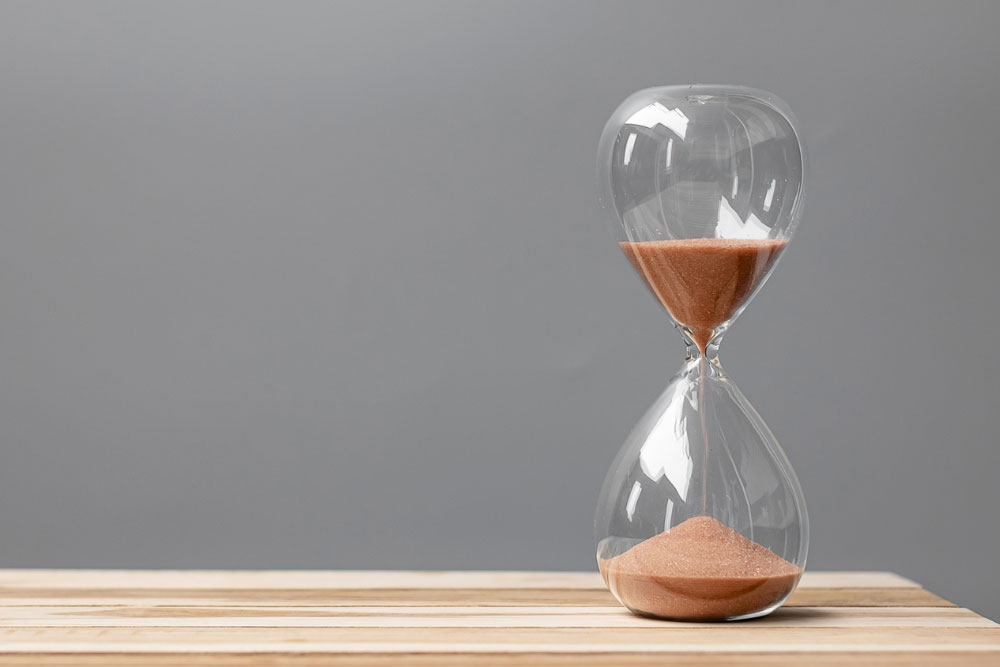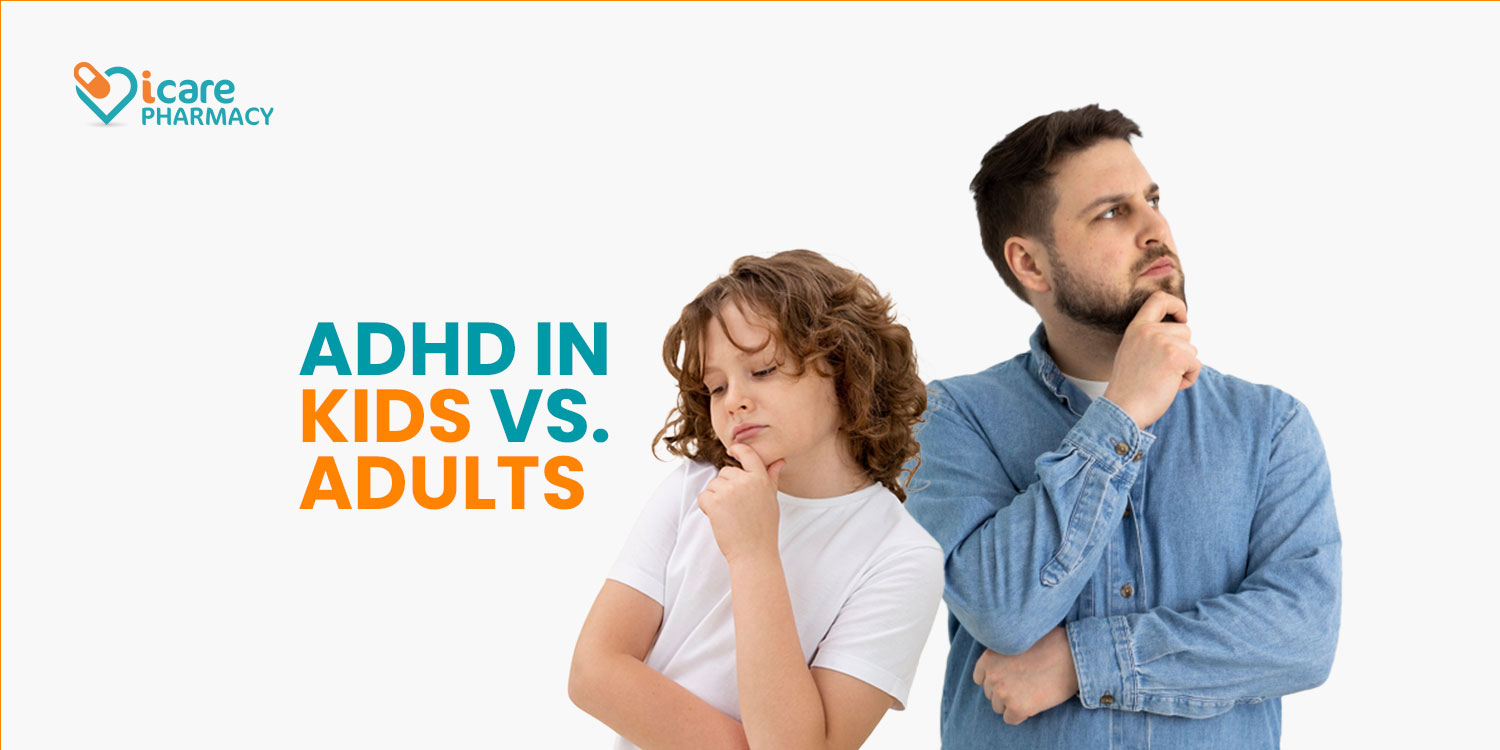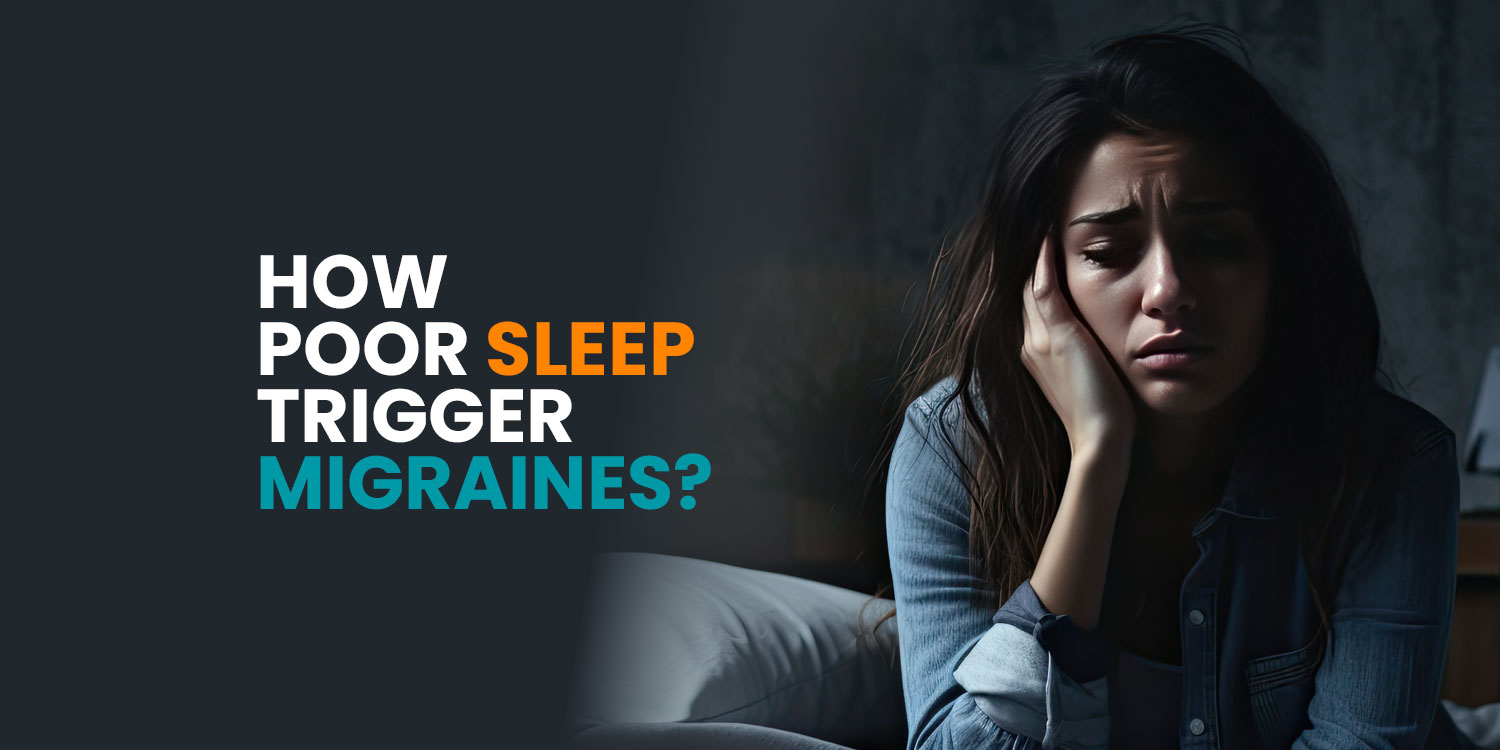ADHD in Kids vs. Adults: Understanding the Key Differences
ADHD (Attention Deficit Hyperactivity Disorder) is often associated with children who struggle to sit still, focus on tasks, or follow instructions. However, ADHD doesn’t simply disappear with age—it evolves. Many adults with ADHD experience different challenges, often without realizing that their lifelong struggles with time management, organization, or impulsivity stem from the same condition.
Whether you’re a parent, educator, or someone curious about ADHD, understanding how it manifests at different life stages can provide valuable insights into managing it effectively.
ADHD in Children: The Classic Symptoms
ADHD in children is usually characterized by three primary symptoms:
1. Hyperactivity
Kids with ADHD often seem to have boundless energy. They may fidget constantly, run or climb in inappropriate settings, and struggle to stay seated in class.

2. Impulsivity
Children with ADHD may interrupt conversations, blurt out answers before a question is fully asked, or struggle with taking turns. They often act without considering consequences.

3. Difficulty Focusing
A common struggle is sustaining attention on tasks, especially ones that require sustained mental effort. They may frequently lose track of schoolwork, forget instructions, or get easily distracted by external stimuli.

How ADHD Symptoms Change in Adults
As individuals grow, ADHD symptoms don’t vanish—they shift. Hyperactivity, for example, often becomes more internalized as restlessness rather than excessive movement. Here’s how ADHD typically presents in adults:
1. Restlessness
Instead of running around, adults with ADHD may feel constantly “on edge” or struggle to relax. This can manifest as difficulty sitting through meetings, feeling impatient, or having racing thoughts.

2. Disorganization
Managing responsibilities like work, bills, or household chores can be overwhelming. Adults with ADHD often struggle with forgetfulness, misplaced items, and an inability to prioritize tasks efficiently.

3. Time Management Issues
Procrastination, difficulty estimating how long a task will take, and an inability to meet deadlines are common challenges. Adults with ADHD often describe feeling like time “slips away” from them.

Managing ADHD at Different Life Stages
ADHD is manageable with the right strategies. Here are some tips tailored for different life stages:
For Kids:
- Create Structure – Clear routines and visual schedules help children stay organized.
- Break Tasks into Steps – Large assignments can feel overwhelming. Breaking them into small, manageable chunks can improve focus.
- Encourage Physical Activity – Movement can help manage hyperactivity. Activities like sports, dance, or even fidget tools can be beneficial.
- Use Positive Reinforcement – Rewarding small achievements can encourage better self-regulation.
For Adults
- Use a Planner or Digital Tools – Scheduling apps, alarms, and to-do lists can help keep tasks on track.
- Set Time Limits – Using the Pomodoro Technique (work in 25-minute intervals with short breaks) can boost focus and productivity.
- Declutter and Organize – Keeping a tidy workspace and using labels or color-coded systems can reduce distractions.
- Seek Support – Whether it’s therapy, ADHD coaching, or support groups, connecting with others can help build effective coping mechanisms.
Final Thoughts
ADHD manifests differently in kids and adults, but the core challenges remain rooted in attention regulation, impulsivity, and executive function struggles. The key is recognizing these differences and adapting strategies to each life stage. Whether you’re parenting a child with ADHD or navigating adulthood with the condition, understanding these differences is the first step toward effective management and success.
Do you or someone you know have ADHD? What strategies have helped you manage it? Share your thoughts in the comments below
References
- American Psychiatric Association. (2013). Diagnostic and Statistical Manual of Mental Disorders (5th ed.).
- National Institute of Mental Health. (2022). Attention-Deficit/Hyperactivity Disorder (ADHD)
- Barkley, R. A. (2011). Taking Charge of Adult ADHD. Guilford Press.
- Centers for Disease Control and Prevention. (2023). ADHD in Children
- CHADD – Children and Adults with Attention-Deficit/Hyperactivity Disorder. www.chadd.org




